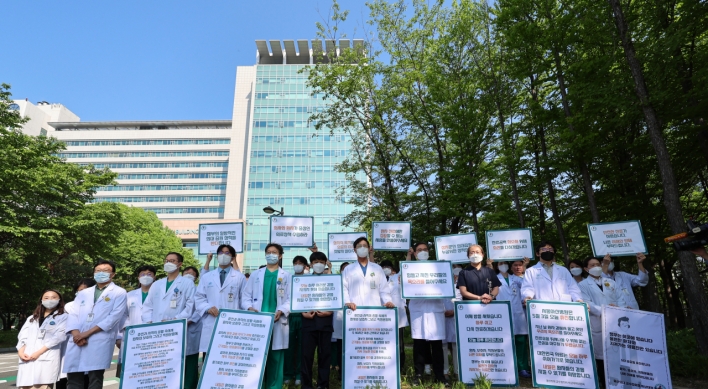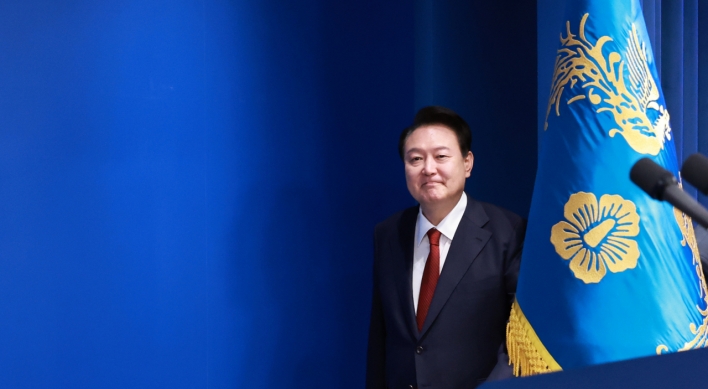
A housewife living in Anyang got a fright when a Saemaul train thundered by at an above-ground station. Her 20-month-old son cried in her arms.
“There are no platform screen doors whatsoever to protect passengers from the roar. Even though there was a notification of the train’s passing in advance, I was surprised by the clamor of the train,” the woman surnamed Kim said.
Excessive noise is often ignored, but can be a major nuisance. It could also have a serious impact on the elderly and people with health problems.
“The train’s sound almost gave me a heart attack. I doubt whether the railway operator knows how fast and loud the train is,” said a woman in her late 50s who wished to remain anonymous.
There are regulations on noise levels around residential, commercial and industrial areas. However, at subway stations, there are neither limits on the noise level nor speed regulations.
The noise of a train passing a station reaches 100 decibels on average, just 20 decibels below the maximum people can stand.
When people are exposed to 140 decibels, they feel extreme pain.
Complaints have been raised for years especially by those living in areas along subway Line No. 1. The oldest subway line, which connects the northeast and southwest of Seoul, stretches out through Incheon and Gyeonggi Provinces.
First built in 1970s, many of its stations are on the ground. It also shares some of the route with the Gyeongbu railroad linking Seoul and Busan.
Almost all types of trains, including the high-speed KTX, second-fastest Saemaul and the third-fastest Mugungwha, run on the Gyeongbu Line.
For example, around 170 Saemaul and Mugunghwa trains pass through Geumcheon-gu Office Station on Line No. 1 a day, according to Jang Ji-hwan, an official from Geumcheon-gu district office.
“Drivers are instructed to abide by the recommended speed when passing by stations. And we conduct regular maintenance on trains and railroads to reduce noise,” said an official from KORAIL, one of the two operators for Line 1.
However, the official declined to reveal the recommended speed. Instead, he said the maximum speed that the Saemaul train runs at is 120 kilometers per hour, and the Mugunghwa at 80 kilometers.
He admitted there are not many available measures to root out the noise problem, though the train service is making efforts to reduce the problem by installing platform screen doors and laying ballast, or small pebbles, on rail tracks.
“There should be some relevant regulations, and proper measures should be taken, such as putting sound-absorbing materials on the rail tracks,” said Chang Seo-il, professor of environmental engineering at University of Seoul.
By Kim Young won (wone0102@heraldcorp.com)
“There are no platform screen doors whatsoever to protect passengers from the roar. Even though there was a notification of the train’s passing in advance, I was surprised by the clamor of the train,” the woman surnamed Kim said.
Excessive noise is often ignored, but can be a major nuisance. It could also have a serious impact on the elderly and people with health problems.
“The train’s sound almost gave me a heart attack. I doubt whether the railway operator knows how fast and loud the train is,” said a woman in her late 50s who wished to remain anonymous.
There are regulations on noise levels around residential, commercial and industrial areas. However, at subway stations, there are neither limits on the noise level nor speed regulations.
The noise of a train passing a station reaches 100 decibels on average, just 20 decibels below the maximum people can stand.
When people are exposed to 140 decibels, they feel extreme pain.
Complaints have been raised for years especially by those living in areas along subway Line No. 1. The oldest subway line, which connects the northeast and southwest of Seoul, stretches out through Incheon and Gyeonggi Provinces.
First built in 1970s, many of its stations are on the ground. It also shares some of the route with the Gyeongbu railroad linking Seoul and Busan.
Almost all types of trains, including the high-speed KTX, second-fastest Saemaul and the third-fastest Mugungwha, run on the Gyeongbu Line.
For example, around 170 Saemaul and Mugunghwa trains pass through Geumcheon-gu Office Station on Line No. 1 a day, according to Jang Ji-hwan, an official from Geumcheon-gu district office.
“Drivers are instructed to abide by the recommended speed when passing by stations. And we conduct regular maintenance on trains and railroads to reduce noise,” said an official from KORAIL, one of the two operators for Line 1.
However, the official declined to reveal the recommended speed. Instead, he said the maximum speed that the Saemaul train runs at is 120 kilometers per hour, and the Mugunghwa at 80 kilometers.
He admitted there are not many available measures to root out the noise problem, though the train service is making efforts to reduce the problem by installing platform screen doors and laying ballast, or small pebbles, on rail tracks.
“There should be some relevant regulations, and proper measures should be taken, such as putting sound-absorbing materials on the rail tracks,” said Chang Seo-il, professor of environmental engineering at University of Seoul.
By Kim Young won (wone0102@heraldcorp.com)
-
Articles by Korea Herald


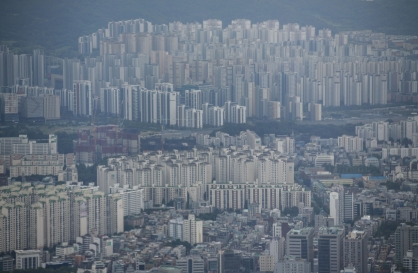
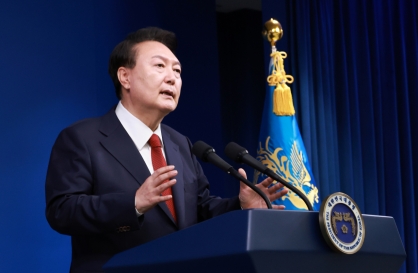
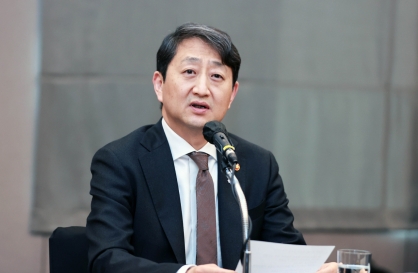
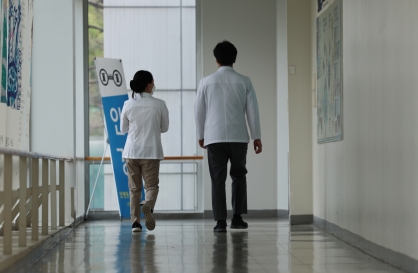
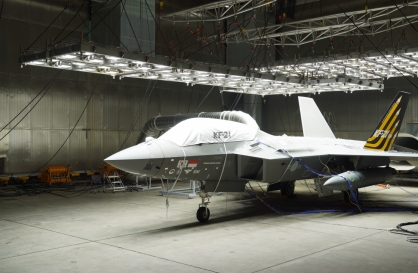


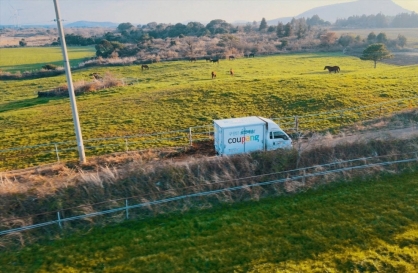
![[K-pop’s dilemma] Time, profit pressures work against originality](http://res.heraldm.com/phpwas/restmb_idxmake.php?idx=644&simg=/content/image/2024/05/08/20240508050705_0.jpg&u=20240508171126)




